A high-risk pregnancy can be difficult to go about but it is not impossible to conquer it. A high-risk pregnancy is when the mother or the baby has an increased chance of health complications during pregnancy, birth, or after delivery. These health complications can be due to various reasons such as gestational diabetes, high blood pressure, preterm labour, multiple pregnancies, and other medical conditions. Yoga is a great way to help manage some of the challenges of high-risk pregnancy.
Importance of Yoga in High-Risk Pregnancies
There are a number of ways in which yoga helps in easing the challenges faced by pregnant women with high-risk pregnancies. Yoga can help reduce excessive stress, increase flexibility, and improve the overall well-being of a person. Yoga during high-risk pregnancy can also help in reducing the risk of preterm birth, low birth weight, and other complications. Yoga during pregnancy has been shown in studies to improve birth weight, reduce preterm labour, and reduce intrauterine growth retardation (IUGR) either alone or in conjunction with pregnancy-induced hypertension. A Harvard University study proves yoga to reduce heart rate, lower blood pressure, and ease respiration. There is no doubt that yoga has excellent benefits and you should definitely practise it to harness all its goodness to aid high-risk pregnancies.
Now, let us look at some essential yoga poses to help you ease your pregnancy journey and prepare for a healthy childbirth experience.
Here are some yoga poses that can be beneficial during high-risk pregnancy:
- Easy Pose (Sukhasana): This is a simple cross-legged pose that helps improve posture and spine alignment. Sit on a yoga mat with your legs crossed, keep your back straight, and take deep breaths. This stress-busting exercise can help you feel calm and promote tranquility.
- Bound Angle Pose: This seated pose stimulates circulation and opens the hips. This pose is excellent for patients with hypertension (high blood pressure) as it improves blood circulation and brings down high blood pressure. Bring the bottoms of the feet together, knees bent out to the sides, and interlace the fingers around the toes from a seated position. Inhale and press the hips down, lifting the crown of the head to the ceiling. To open the hips, press the knees down towards the floor. Close your eyes and focus on your breath for 3-8 seconds.
- Cat-Cow Stretch: This pose helps to release tension in the spine and increase flexibility. Start on your hands and knees, inhale and arch your back (cow pose), and exhale and round your back (cat pose).
- Janu Sirsasana (Head-to-Knee Pose): This pose not only stretches those super-tight muscles in your back and legs, but it also calms the mind and relieves anxiety and fatigue. Bend your right knee and place the sole of your right foot high on the inside of your left thigh. Exhale and bring your right hand to the outside of your left thigh and your left hand behind your left hip. Exhale by bending at the hips and leaning forward over your left leg.
- Child’s Pose (Balasana): This pose helps to release tension in the lower back, hips, and thighs. It offers a chance for relaxation and calm. Start on your hands and knees, and lower your hips back to your heels, with your arms stretched forward. This pose is great for lowering blood pressure as it improves blood circulation in the body.
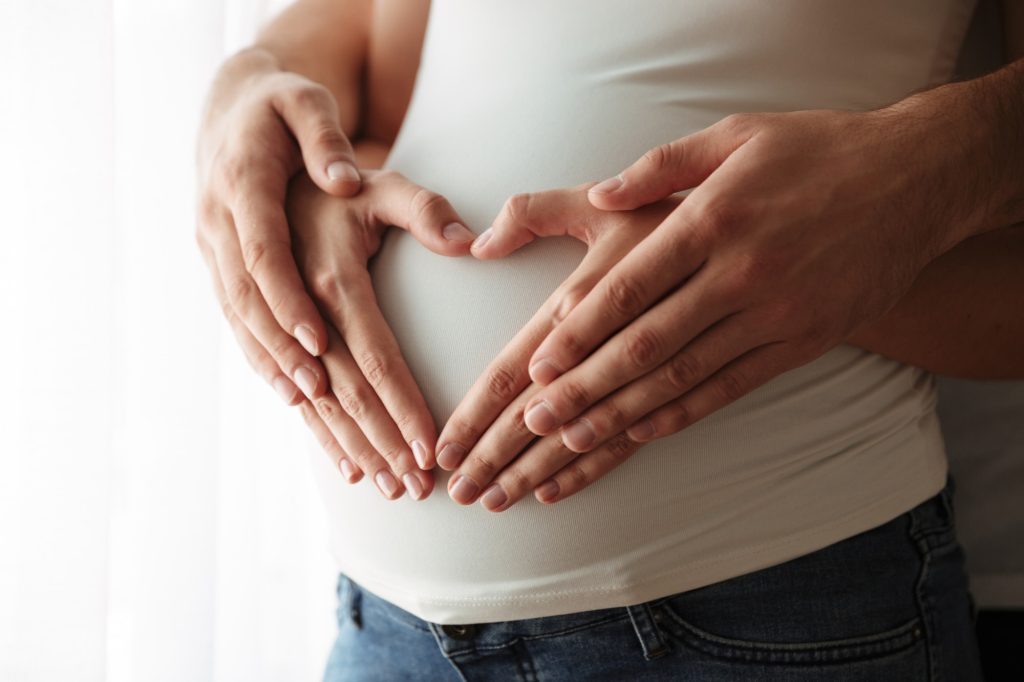
It is essential to practice these poses under the guidance of a trained prenatal yoga instructor. They can modify the poses according to your needs and guide you through safe practices.
Apart from the physical benefits, yoga can also help in reducing stress and anxiety. A high-risk pregnancy can be stressful, and practicing yoga can help manage stress levels. It can also help improve sleep, which is essential for both the mother’s and the baby’s well-being.
Conclusion
While yoga is not the cure for high-risk pregnancies but it definitely alleviates some of the stress and challenges mothers with high-risk pregnancy face. It can help reduce the risk of complications, improve physical and mental well-being, and help manage stress levels. However, it is essential to consult your doctor before starting any exercise routine during pregnancy. If your doctor gives the green light, finding a qualified prenatal yoga teacher can help you safely and effectively incorporate yoga into your pregnancy journey.


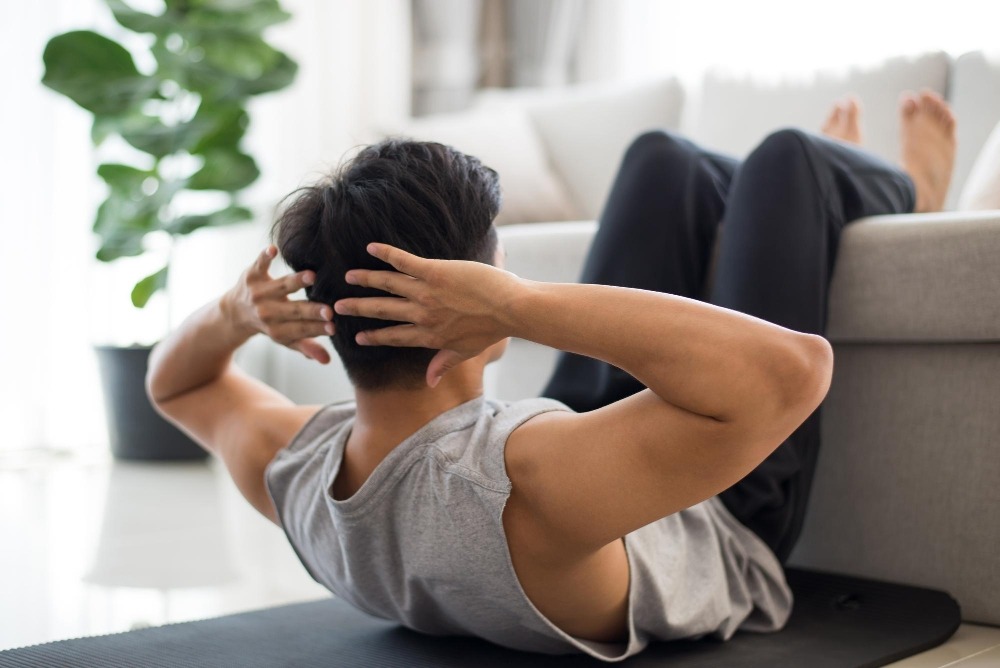

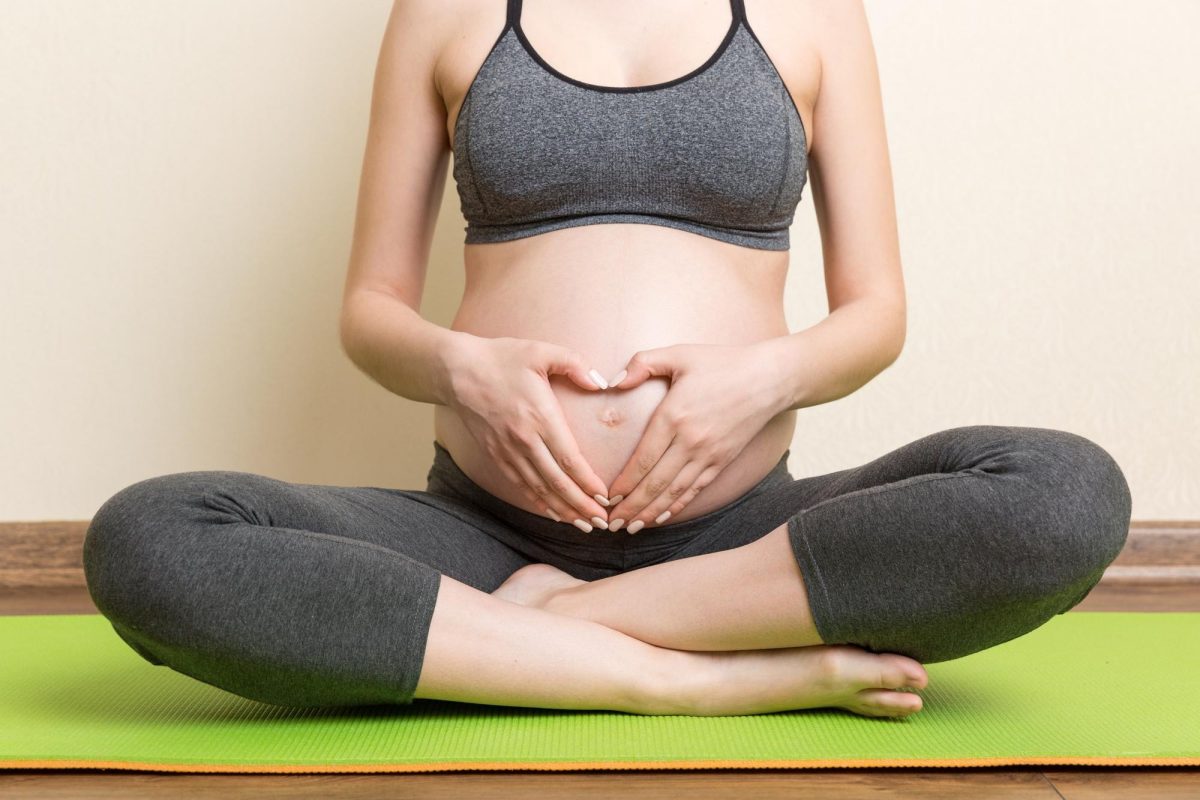

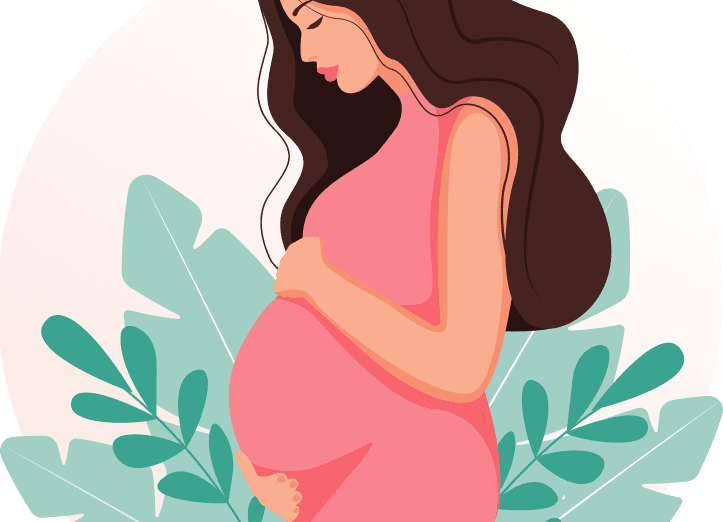



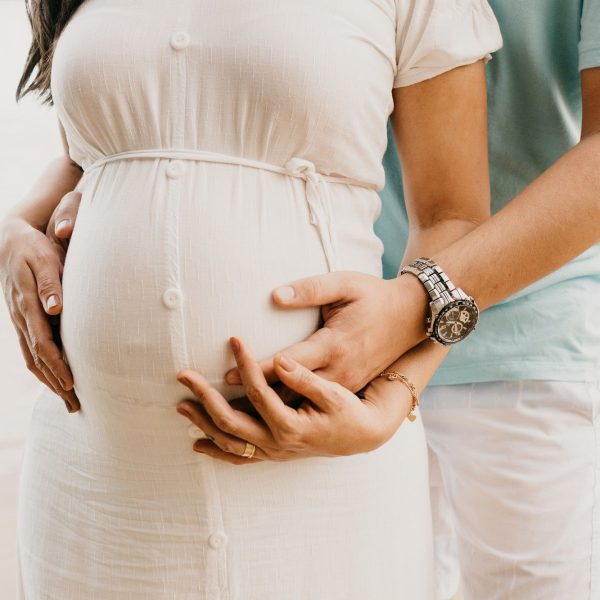

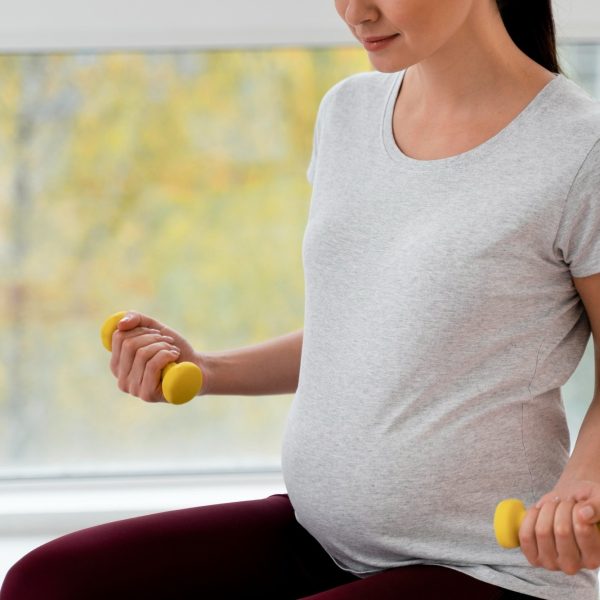

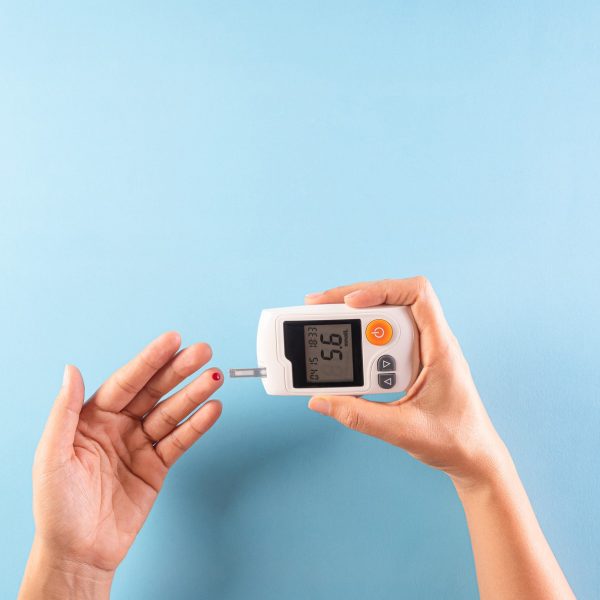
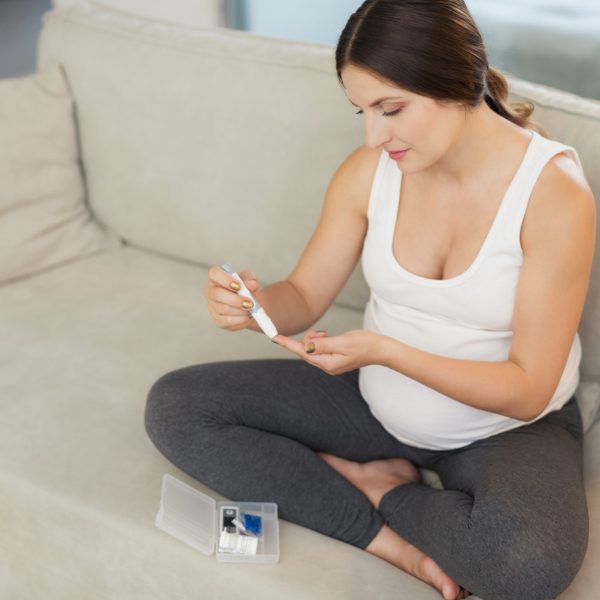
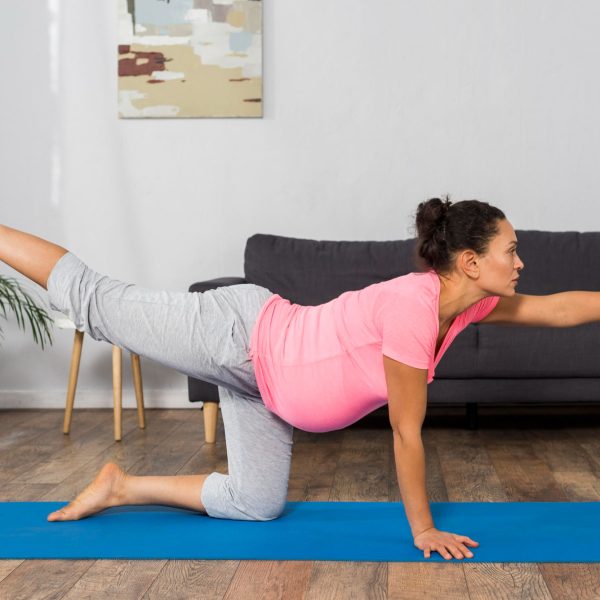
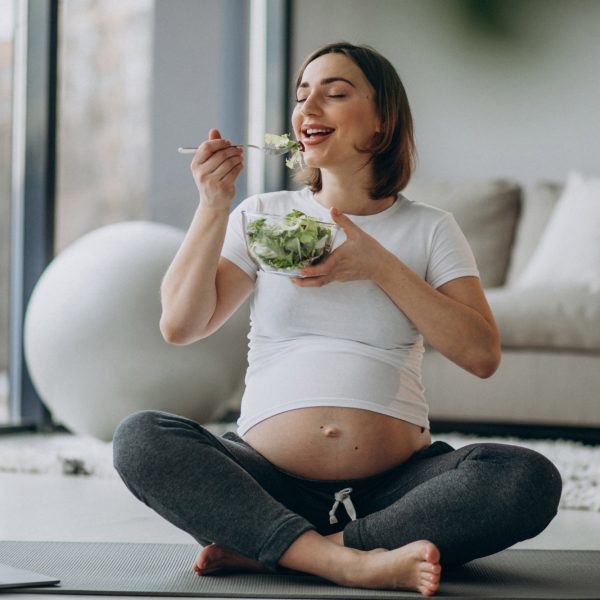
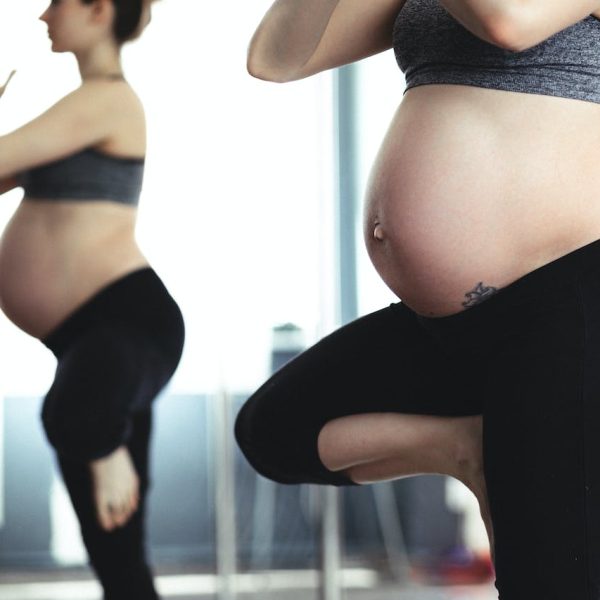








Share this article